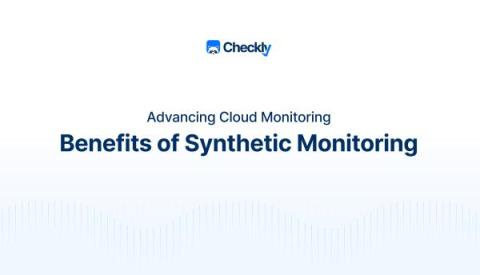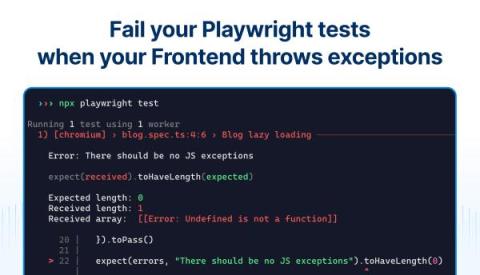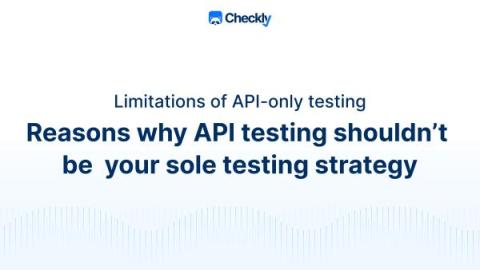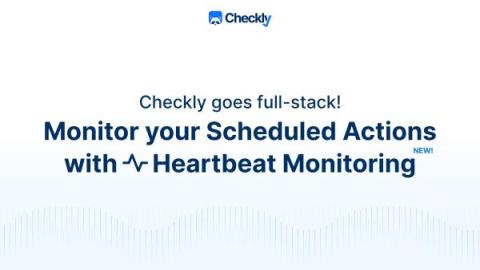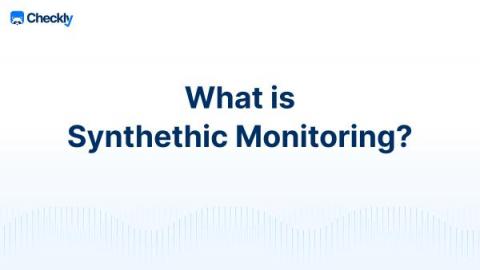Advancing Cloud Monitoring: Benefits of Synthetic Monitoring
The cloud changed how businesses work, making things more flexible and adaptable. But keeping track of app performance from a user’s point of view in this new setup is tough. Legacy tools tend to not give developers an understanding of their users' perspective. That's where synthetic monitoring comes in. It's a strong way to focus on users and fix the problems that legacy tools miss.


